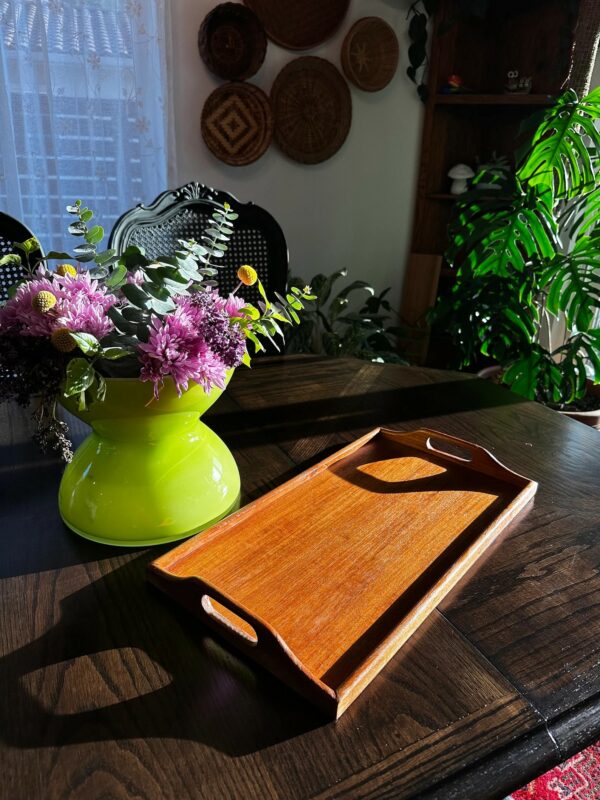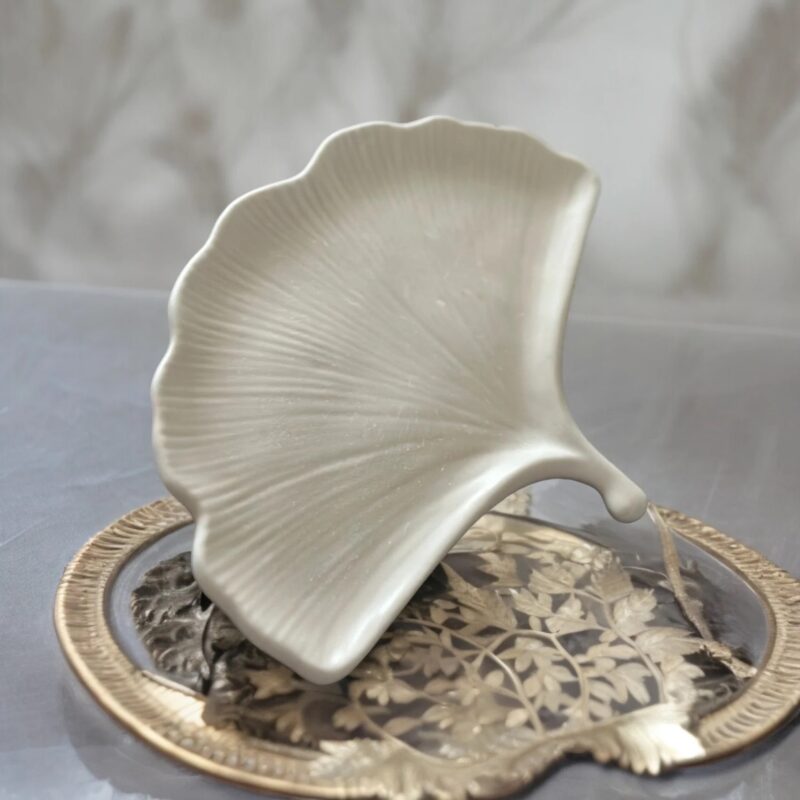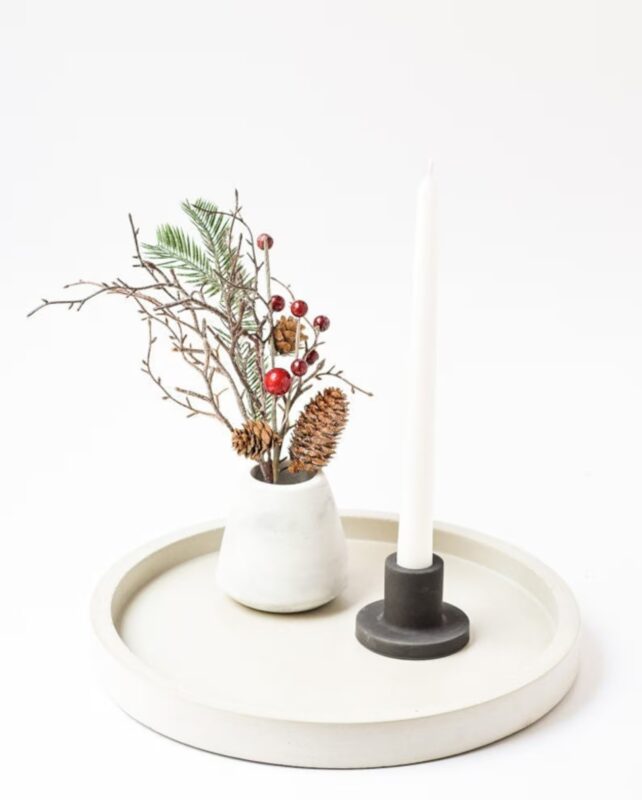Home Decor
Color Theory in Home Decorating
Color plays a pivotal role in home decorating, influencing the atmosphere and functionality of any space. Understanding color theory can help you make informed decisions about painting, furnishing, and accessorizing, creating rooms that are both beautiful and beneficial. This extensive guide delves into the principles of color theory, its practical applications in home decor, and tips for using color to transform any space.
Introduction to Color Theory
What is Color Theory?
Color theory is a body of practical guidance to color mixing and the visual impacts of specific color combinations. By understanding color theory, you can use colors purposefully to evoke certain emotions or set a particular mood.
The Color Wheel:
The color wheel is a fundamental tool in color theory, showcasing relationships between colors. It consists of:
- Primary Colors: Red, blue, and yellow cannot be made from any other colors.
- Secondary Colors: Orange, green, and purple, created by mixing two primary colors.
- Tertiary Colors: Made by mixing primary and secondary colors.
Understanding Color Schemes
Creating a color scheme is essential for any cohesive design project. Here are some popular types of color schemes:
- Monochromatic: Uses variations in lightness and saturation of a single color.
- Analogous: Uses colors that are next to each other on the color wheel.
- Complementary: Combines colors opposite each other on the color wheel to create a vibrant look.
- Triadic: Uses three colors that are evenly spaced around the color wheel, offering rich color contrasts.
- Split-Complementary: A variation of the complementary color scheme, with the base color and two adjacent tertiary colors.
Applying Color Schemes in Home Decor
1. Creating Mood with Color:
Each color can set a different mood in a room:
- Red: Evokes energy and passion, suitable for living rooms and dining areas.
- Blue: Known for its calming effects, ideal for bedrooms and bathrooms.
- Yellow: Radiates happiness and vitality, great for kitchens and bathrooms.
- Green: Promotes relaxation and tranquility, perfect for living spaces and offices.
2. Color and Perception of Space:
Colors can also alter the perception of space:
- Light colors: Make a room feel bigger and airier.
- Dark colors: Create a more intimate and cozy feel but can make a space feel smaller.
Practical Tips for Decorating with Color
1. Start with Neutral Bases:
Begin with neutral walls and large furniture pieces in shades like beige, gray, or white. These serve as a canvas for injecting more vibrant colors through accessories like pillows, curtains, artwork, and rugs.
2. Use Color to Highlight Architectural Features:
Use bold colors to draw attention to features like moldings, mantels, or arched doorways. Accent walls can also serve as focal points in otherwise neutral rooms.
3. Balance Color Saturation:
Too many saturated colors can overwhelm the senses, while too many muted tones might look washed out. Aim for a balance, using more vibrant colors as accents against a more subdued background.
4. Consider Lighting:
Natural and artificial lighting will affect how colors look in your home. Always test paint colors in different lighting conditions to see how they might change throughout the day.
5. Experiment with Temporary Color:
If you’re unsure about a color, try incorporating it in non-permanent ways such as with throws, cushions, or temporary wall decals. This way, you can experience living with the color before making a more lasting commitment.
Advanced Color Techniques
1. Psychological Effects of Colors:
Delve deeper into how specific shades affect mood and behavior to ensure you’re creating the desired atmosphere.
- Bright oranges and yellows: Stimulating and uplifting, suitable for creative spaces.
- Deep blues and greens: Soothing and serene, ideal for calming bedrooms.
2. Color Zoning:
Use color to define different areas in an open space or to create multi-functional areas in your home. Different wall colors or thematic color schemes can delineate different living areas without the need for physical dividers.
Conclusion
Color is a powerful tool in home decorating, capable of transforming spaces not just visually but emotionally. Whether you’re looking to refresh a single room or overhaul your entire home, understanding and applying color theory can help you create spaces that reflect your taste while achieving functional goals. Remember, the best color choices are those that resonate with the people living in the space, enhancing both the aesthetics and the functionality of the home.

 Save 26% Today Only!
Save 26% Today Only! 

